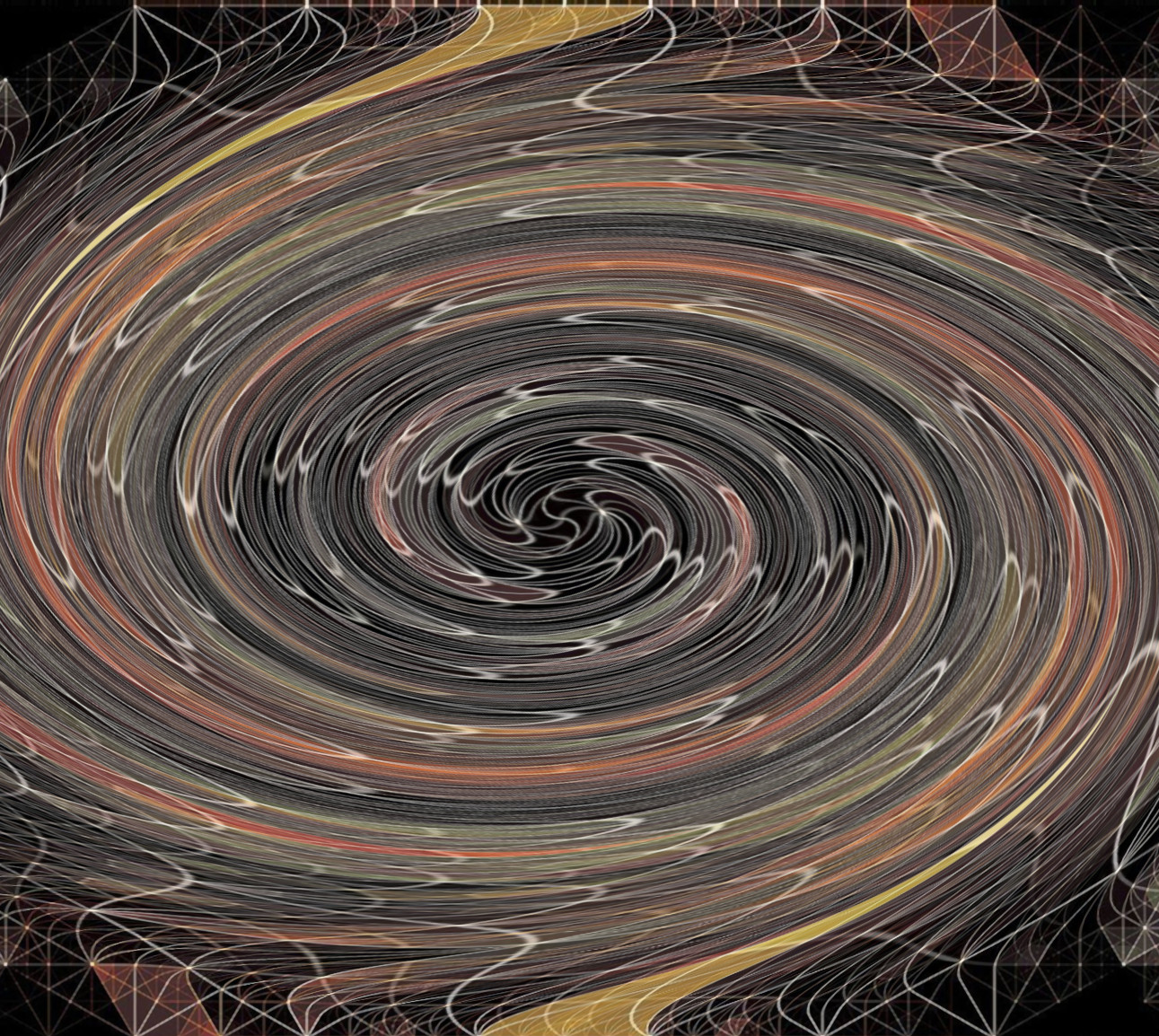
11-11-2024
Blockchain from the Bottom Up
Creating new societal foundations with blockchain technology.
The world is in a pivotal moment of change. Our financial system, the backbone of modern social coordination, has devolved to serve itself rather than the true needs of the people. Promises of luxury and convenience have fueled unsustainable business practices and insulated consumers from the social and environmental consequences of such. We have sacrificed so much of our power that it feels impossible to reclaim, leaving us suspended in a comfortable complacency that may well culminate in the destruction of Earth itself...
It is not over though! These are complex problems indeed, and I believe part of the solution lies within blockchain networks—a streamlined accountability system that centers transparency and immutability. Through blockchain we are effectively building a digital twin of our world, empowering us to survey each other’s actions, and hold a mirror to our own. Designed to reward actors to validate and secure the network, users experience positive feedback through participation. Without an anchoring to the real world, however, we risk getting lost in our own fantasies of serving the system, with meme coins epitomizing the narcissistic culture that can be developed. They have their place of course; however, the use of Real World Assets (RWAs) onchain brings a needed practical implementation that can revolutionize humanity's coordination and foster awareness surrounding the consequences of our actions.
Evidently we are in need of such implementation: the collective remains largely misinformed about the technologies available to us and their capabilities. Furthermore, the fragmentation of personal and global data across various incompatible systems makes it difficult for both agencies and individuals to conceptualize and manage assets. Fortunately, the last five years have seen the creation of a network of modular blockchains with permissionless access to each other's data, establishing the frame for practical data (RWAs) to be housed. Theoretically, everything can be tokenized: metals, wood, eggs, the deeds to our homes and titles to our cars.
However, in order to have secure, actionable, and non-redundant data of these resources, we need ample communication between networks. This interoperability may be embedded in the design (as with Cosmos, Polkadot, Saga, etc.), or networks may rely on oracles (Chainlink, Pyth, etc.) to import or export their data. With this level of communication, everything that exists onchain can and will have access to liquidity, effectively supporting a more flexible and resilient market. It is important to note that the real power lies in concentrated, communal capital. For instance, AAVE is demonstrative of how capital can be of service to anyone that needs it—a principle that can eventually be extended to physical resources or real estate. Conceptually and onchain, people will be able to access what they need, when they need it. This is, in essence, blockchain's practical value and revolutionary potential.
But how do we collectively decide on meaningful actions? The aptly named Network State merges various social ideas with technology to create an engine for targeted change. There remains a lot to discover, but the concept promises the necessary structure for dedicated individuals to collaborate and self-govern without centralized authority. I don't believe the manifestation of the Network State need be as parochial as the "One Commandment" principle Balaji suggests, but certainly that is a place to start. Timothy May alluded in the 90s that our society is in fact already populated with such network states, and now they have the chance to take proper shape to better coordinate and manage themselves at scale.
In the end, we have blockchain providing the foundational structure for information, decentralized resource-sharing protocols like AAVE serving as the building blocks, and network states empowering communities to make their own decisions. Together, these elements form the framework for a new societal model—one that works from the bottom up, iteratively improving upon our existing systems of social coordination.